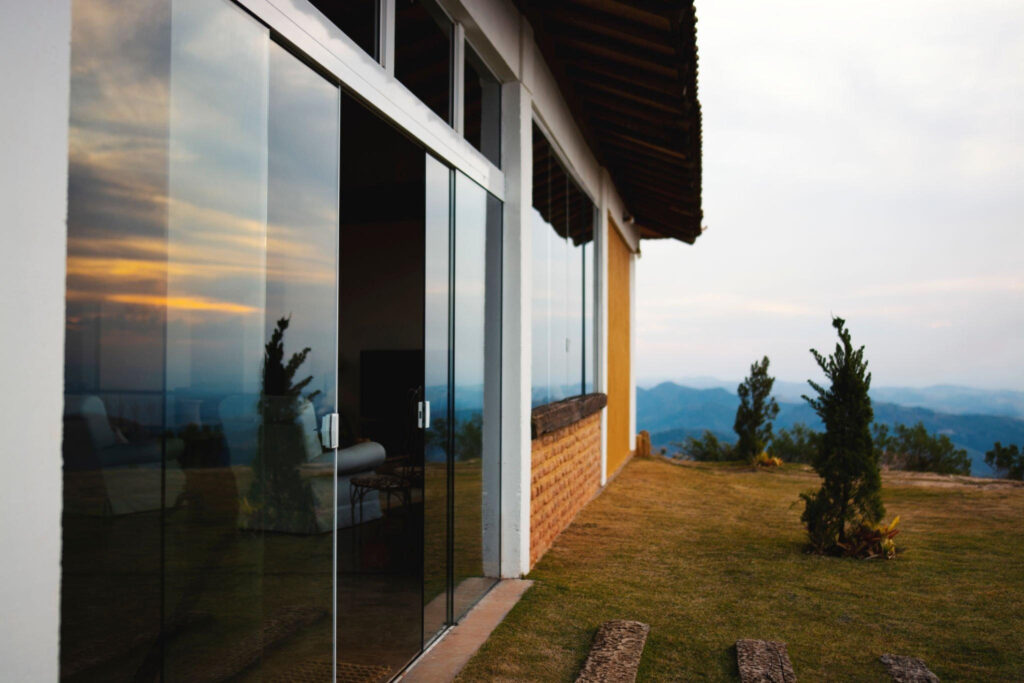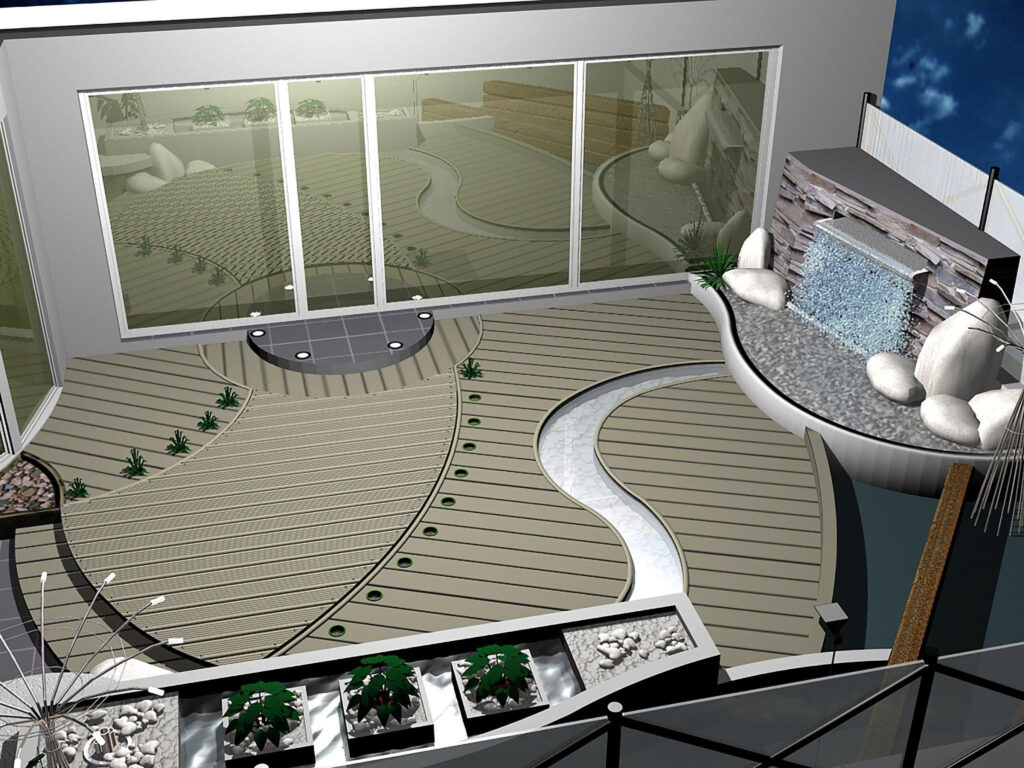
Table of Contents
As technology continues to advance, homeowners and builders seek innovative ways to enhance energy efficiency, comfort, and convenience in buildings. One such solution gaining popularity is smart glass, also known as switchable glass or electrochromic glass. It changes from transparent to opaque or reflective with just a touch of a button, providing numerous benefits over traditional glass. However, many people wonder about the cost of this cutting-edge technology. In this guide, we will discuss everything you need to know about smart glass cost per square foot. For your glass products you can call us at tel:+1 602 300 0851
Check out our high quality glass products here:
How Much Does Smart Glass Cost?
The cost of smart glass varies depending on several factors, including the type of glass, size, features, installation costs, and location. Generally speaking, smart glass prices range between $50 to $100 per square foot, significantly higher than regular glass prices (around $1v0 to $30 per square foot). However, considering the unique advantages and energy savings, the additional expense may be worthwhile for some property owners.
Type of Smart Glass
There are three primary types of smart glass available:
1. Electrochromic Glass
Electrochromic glass is the most common and widely used variety. It works by applying an electric charge to change the tint of the glass, offering four levels of opacity: clear, dimmed, frosted, and blackout. The cost of electrochromic glass ranges from $60 to $90 per square foot.
2. Liquid Crystal Glass
Liquid crystal glass uses a film containing liquid crystals that rotate to control light transmission. This type is less expensive than electrochromic glass, priced between $40 to $70 per square foot. However, it has limited tint options and may not offer the same level of clarity as other varieties.
3. Suspended Particle Device (SPD) Glass
SPD glass contains particles suspended in a gel-like substance. An electrical current causes these particles to align, allowing varying amounts of light to pass through. SPD glass offers superior optical quality but is the most expensive option, ranging from $80 to $120 per square foot.
Contact Us For Unique Products And Services
Factors Affecting Smart Glass Costs
Besides the type of smart glass selected, various factors influence the overall cost per square foot:
1. Size
Larger installations require more materials and labor, increasing costs. For instance, installing smart glass in a large commercial building would be more expensive than doing so in a small residential bathroom.
2. Features
Additional features like temperature control, UV protection, sound insulation, and low-e coatings can enhance performance and functionality but add to the total price tag.
3. Installation
Professional installation fees vary based on complexity, location, and contractor rates. Hiring a qualified electrician might be necessary if the smart glass requires wiring or connections to a smart home system.
4. Location
Regional differences in material availability, labor costs, and local regulations affect smart glass prices. Urban areas tend to have higher costs compared to rural locations due to increased demand and transportation expenses.
Benefits of Smart Glass
While smart glass is undoubtedly more expensive than conventional glass, its advantages can justify the investment:
1. Energy Efficiency
Smart glass helps reduce heating and cooling costs by controlling sunlight and heat transfer. According to research, smart glass can save up to 20% on energy bills, contributing to a greener, more sustainable future.
2. Privacy and Security
With the ability to turn opaque or reflective, smart glass provides privacy when needed, making it ideal for bedrooms, bathrooms, and office spaces. Additionally, it strengthens security by preventing outsiders from looking inside.

3. Noise Reduction
Smart glass can minimize outside noise, creating a quieter environment. This benefit is particularly valuable in busy urban settings or near highways.
4. Customization
One of the key advantages of smart glass is its ability to be customized to meet specific design requirements. Unlike traditional glass, which is limited in terms of its optical properties, smart glass can be tailored to suit various applications through modifications to its chemical composition, thickness, and electrode configuration.
5. Health Benefits
Smart glass can improve indoor air quality by reducing the amount of harmful ultraviolet (UV) rays that enter a building. Prolonged exposure to UV radiation can cause health problems such as skin cancer, cataracts, and eye irritation. By blocking UV rays, smart glass can help protect occupants’ health and wellbeing.
In addition, smart glass can help reduce glare, which can cause eye strain and headaches. This is especially important in spaces with lots of natural light, such as offices with large windows or skylights. By reducing glare, smart glass can create a more comfortable working environment and promote better productivity.
6. Aesthetics
Smart glass can also contribute to a building’s aesthetic appeal. With the ability to change from transparent to opaque or reflective, smart glass can create stunning visual effects that add interest and beauty to a space. This makes it an attractive option for architects and designers who want to incorporate unique design elements into their projects.
Furthermore, smart glass can be customized to fit specific design requirements. It can be tinted to match a building’s color scheme or patterned to create interesting textures and designs. This versatility allows architects and designers to explore new creative possibilities and push the boundaries of what’s possible with glass.
Conclusion
Smart glass is a revolutionary technology that offers numerous benefits over traditional glass. From energy efficiency and privacy to health benefits and aesthetics, smart glass can enhance the functionality and appeal of any building. While it may come at a higher cost, the long-term payoffs make it a worthwhile investment for those looking to create a more sustainable, comfortable, and visually striking space. As technology continues to evolve, we can expect to see even more innovative applications of smart glass in the future. For more informational articles like these you can visit our website https://halsinternational.com/
